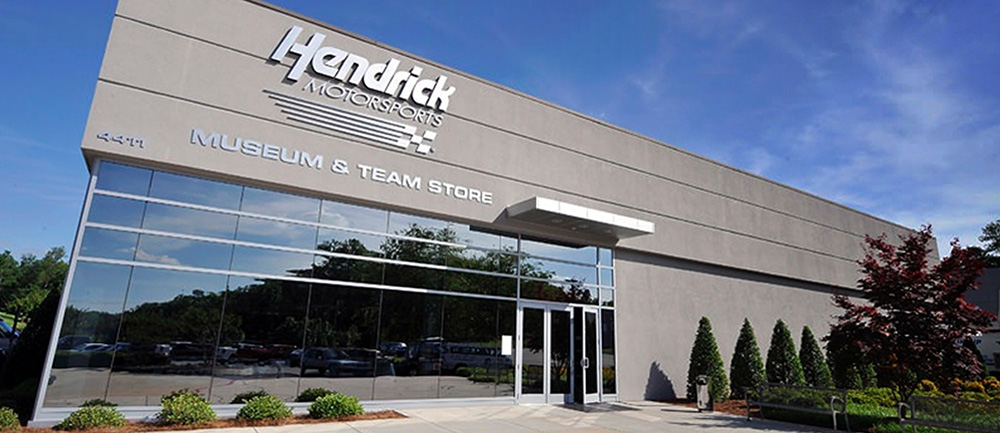
Charlotte Cup test provides important step for NASCAR
Courtesy of NASCAR Wire:
CHARLOTTE, N.C. -- It was only a step, but it was an important one that NASCAR took Wednesday during a test session at Charlotte Motor Speedway.
As NASCAR officials continue to try to produce a more exciting product on the racetrack with the Generation-6 race car that recently completed its first season in the NASCAR Sprint Cup Series, the test was used to gather information that will help to that end. Unlike an earlier test at Charlotte in which only six cars were on the track at a time, a total of 16 teams, including Hendrick Motorsports, and 30 cars participated in a series of runs designed to simulate a real race during Wednesday's test.
That was vital, according to Robin Pemberton, NASCAR's vice president of competition and racing development.
"One of the things we learned and the reason we're back here with so many cars is that it is different when you have 25 of 30 cars out there versus the six," Pemberton said. "So it was important for us to come back here with the number of cars that we did. It's giving us a different view on some of the answers. It's pointed us in some different directions."
Gene Stefanyshyn, NASCAR's vice president of innovation and racing development, said that the goals for such tests are straightforward and simple. But he added that they aren't typically reached overnight.
"Really what we're attempting to do here is to get closer competition and more passing, the cars running closer in the pack, passing more with an eye for the fans," Stefanyshyn said. "That's basically what we're doing.
"We're using different metrics to look at that, like the first-to-fifth (place) time differentials, the time differentials between the 10 fastest laps, those types of things. Those are the types of metrics that we're looking at."
Among the four different test car configurations on which data was accumulated and will be sorted through over the coming hours and days were:
•Splitters with a square leading edge;
•Skirts at four-inch minimum ground clearance on both sides of car;
•Rear fascia trimmed 1.375 inches higher in current scallop region;
•Nine-inch rear spoiler with 1-by-14-inch-wide end tabs;
•8.375-inch rear spoiler with 1-by-14-inch end tabs;
•1.5-inch high by 37.5-inch wide roof strip;
•43-inch wide by 13-inch long radiator pan; and
•Intake manifold to throttle body plate which yields engine power of 750 horsepower.
Stefanyshyn admitted that the amount of information gathered during such a test can be enormous. And even after sifting through it, it's unlikely that everyone will agree on which directions NASCAR decides to go with upcoming rules changes, he added.
"It's not a perfect science," Stefanyshyn said. "But we try to take all these inputs and utilize them in the triangulations to find the right answer. You will never get 100 percent agreement on everything. So really you're kind of looking for the 70 percent answer here that kind of leads you in the right direction."
Pemberton said that he expects the 2014 rules package for NASCAR Sprint Cup to be signed off by the beginning of next week. Meanwhile, Stefanyshyn said he could not stress enough how getting 30 cars on the track for a test session like Tuesday's trumps everything else that NASCAR or individual teams can discover on their own in smaller test sessions or computer simulations or even wind-tunnel testing.
"When it's all said and done, there is no wind tunnel where you can put 30 cars in, or (a computer model) where you can do that," he said. "We do all that to get our best hypothesis or answer. But then really what it comes down to is 30 cars running around the track and seeing how it all works and measuring that. That's kind of the nature of the work."







